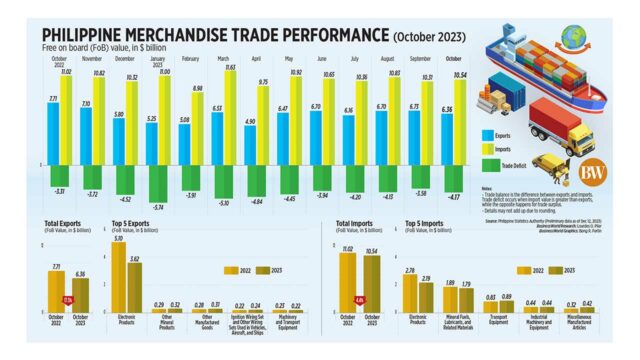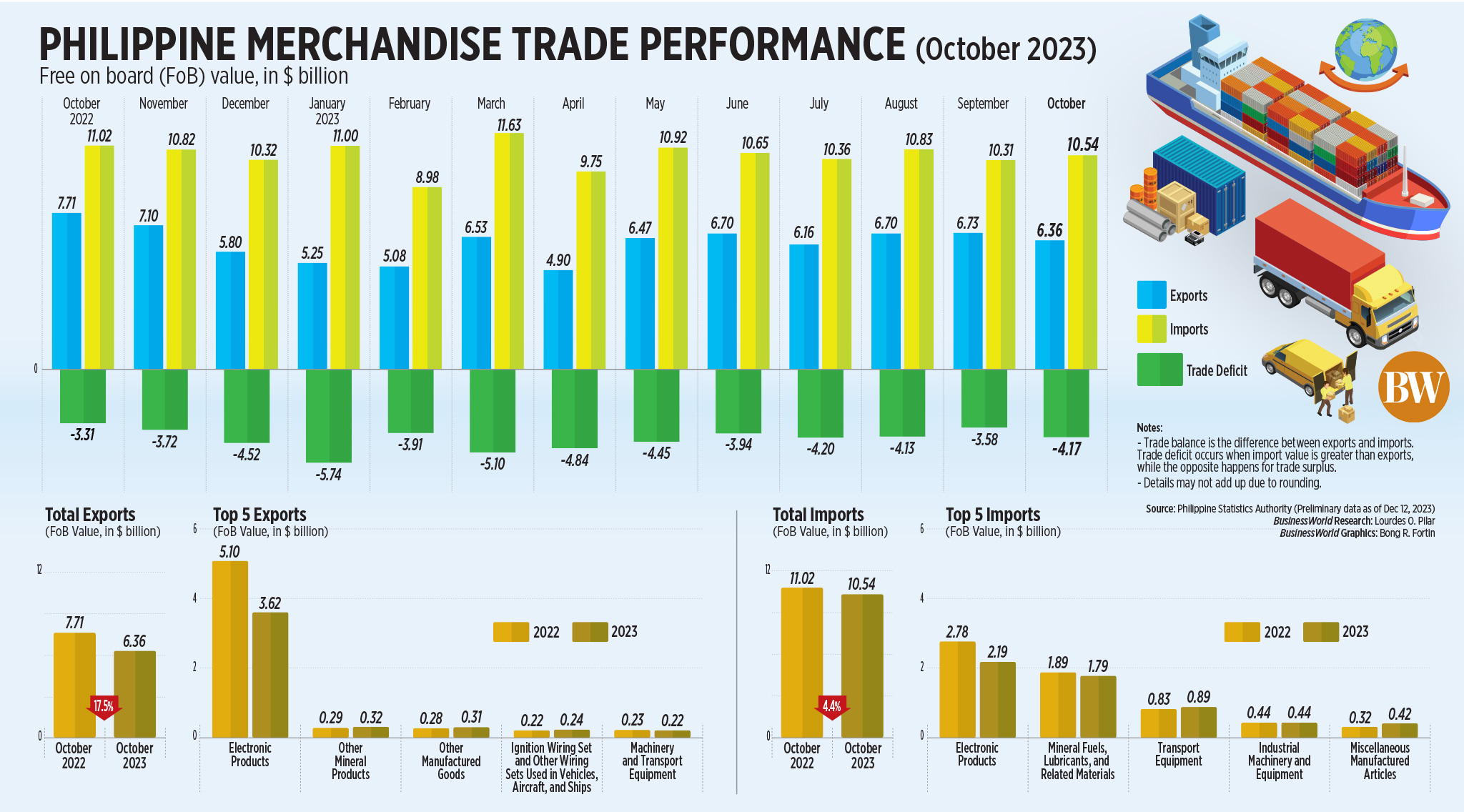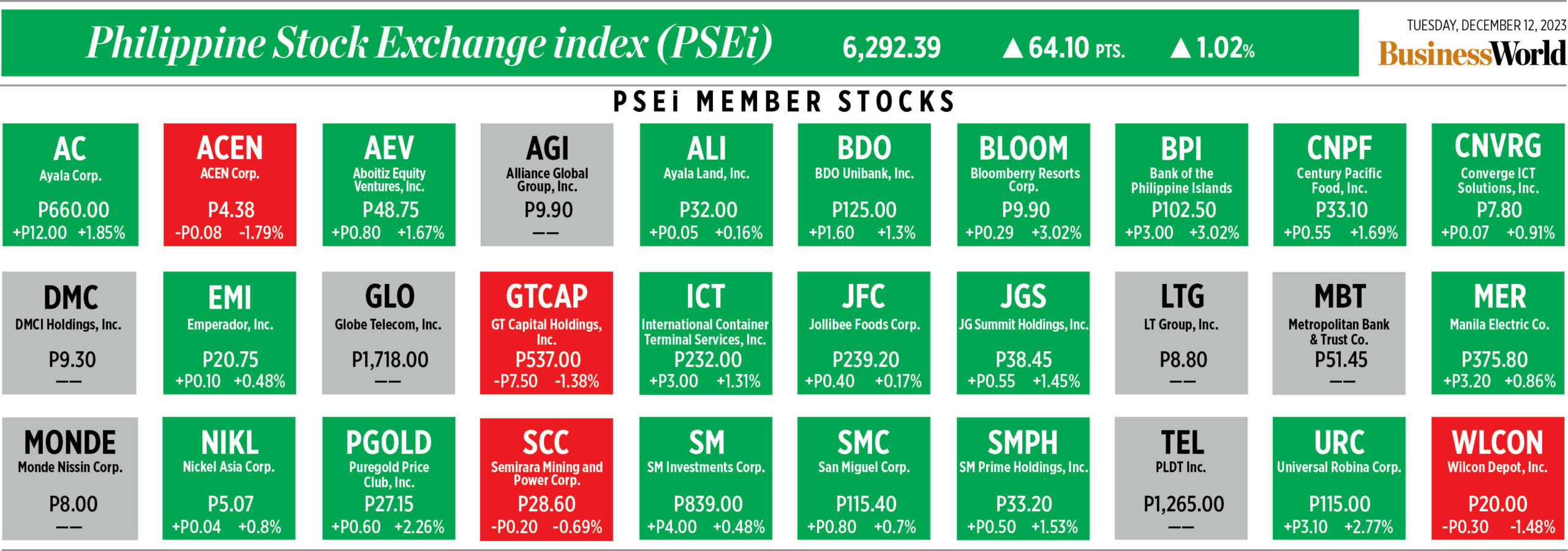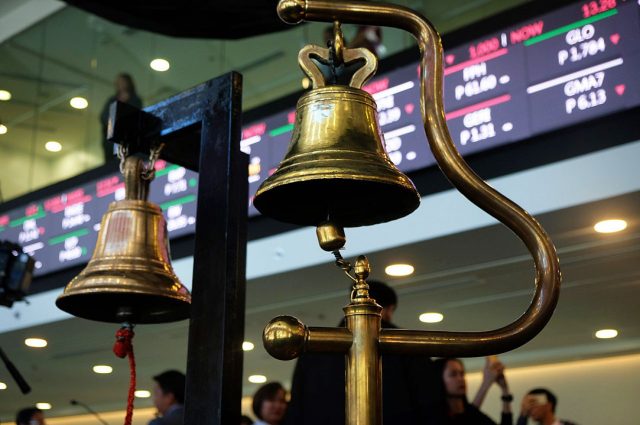Christmas bonus
Aegis’ “Christmas Bonus” is arguably one of the most popular Christmas songs in the country. It was released more than 20 years ago in 2000 by the Filipino pop-rock band; and since then the song has become a staple in every Filipino worker’s Billboard’s top Christmas hits, even antedating and at times out-performing Jose Mari Chan’s “Christmas In Our Hearts.” Every working person in the country can relate to the song; its core message hits straight to their hearts.
The song goes: “Sa t’wing darating ang Kapaskuhan Ang Christmas bonus, ating inaasahan; Sa mga kumpanyang pinagtatrabahuhan; Tunay natin itong kailangan; Kaya’t ibigay n’yo na ang aming Christmas bonus; Pati na ang 13th month pay para lahat, okay na okay.” (When the Christmas season comes, the Christmas bonus, we expect; To the companies we are employed in; We really need it; So give us our Christmas bonus; Even the 13th month pay so that everyone is truly okay.)
The Christmas bonus, as the lyrics say, is an expected (inaasahan) pay-out, but is it legally demandable? Aegis offers a vague answer: “Kaya’t ibigay nyo na…,” which could mean either just a mere request or a forceful legal demand. Which is which? As my students in law school would say, almost always inaudibly and at times interrogatively — “Sir, it depends?” It is correct though. The answer is — it could be either, depending on the circumstances.
The grant of a bonus in general is a management prerogative which cannot be forced upon the employer. It is something given in addition to what is ordinarily received by or strictly due the recipient. By its very definition and nature, a bonus is a gratuity or act of liberality of the giver, to which the recipient has no right to make a demand (Kamaya Point Hotel vs. NLRC, 1989).
The grant of a bonus, being a management prerogative, is not a demandable and enforceable obligation, except when the bonus is made part of the wage, salary, or compensation of the employee (Protacio vs. Laya Mananghaya, 2009) or it must have been promised by the employer and expressly agreed upon by the parties, or it must have had a fixed amount and had been a long and regular practice on the part of the employer, which then comes within the purview of the non-diminution of benefits principle under Article 100 of the Labor Code (American Wire Daily Employees Union vs. American Wire, 2005).
Whether or not a bonus forms part of wages depends upon the circumstances or conditions for its payment. If it is an additional compensation which the employer promised and agreed to give without any conditions imposed for its payment, whether by policy or practice, such as success of business or greater production or output, then it is part of the wage. But if it is paid only if profits are realized or a certain amount of productivity achieved, it cannot be considered part of the wages (Atok-Big Wedge vs. Atok-Big Wedge Mutual Benefit Association, 1953).
The other two exceptions are subject to the same qualification — i.e., the grant must be deliberate, consistent, and unconditional. Note further that the non-diminution principle is not necessarily violated if there is a replacement benefit or even if the grant is modified. Thus, if, for instance, a company converts the grant from being fully guaranteed to partly guaranteed and partly conditional on business exigencies and merit, there is arguably no diminution of benefits as the bonus remains to be there. More so then, if it is from conditional on business success to partly conditional on business success and merits.
With respect to the 13th month pay, although usually identified with a Christmas bonus because of the proximity in the timing of the grant, it is altogether separate and different. While, in a loose sense, the 13th month pay is a bonus, unlike a Christmas bonus which depends on the benevolence of the employer, the 13th month pay is mandated by law (PD 851). However, it must be noted that only rank-and-file employees who have served the company for at least one month are entitled, by law, to the 13th month pay. Thus, supervisors and managers cannot, as a matter of legal right, demand the 13th month pay; but once unilaterally granted to them deliberately, consistently, and unconditionally over a long period of time, it becomes a vested right on their part and a demandable obligation on the part of the employer, pursuant to the principle of non-diminution of benefits.
We can always argue that a Christmas bonus, by its very nature, is inherently conditional; however, it is always best for employers to make it clear to the employees the terms and conditions for the grant of the bonus, for the avoidance of doubt and to maintain their flexibility to modify or altogether withdraw the grant of the same. There is a built-in bias under our labor laws for workers such that in case of doubt, the doubt is resolved in their favor (Labor Code, Article 4).
Stripped of legalese, for employers — ‘tis the season of giving and as cliché as it may sound, it is better to give than to receive. For employees — ‘tis also the season of understanding and gratitude, and whatever it is that your employer will give, as and by way of Christmas bonus, know that it is better to count your blessing instead of sheep. You may not laugh all the way to the bank, but nonetheless sing à la Aegis — “Kaya’t ibigay n’yo na; Ang aming Christmas bonus; Nang maging maligaya tayong lahat!” (So give it already; our Christmas bonus; so that we can all be happy!)
Maligayang Pasko!
The views and opinions expressed in this article are those of the author. This article is for general informational and educational purposes only and not offered as and does not constitute legal advice or opinion.
Neptali B. Salvanera is a partner of the Labor and Employment Department (LED) of the Angara Abello Concepcion Regala & Cruz Law Offices or ACCRALAW.
(632) 8830-8000















